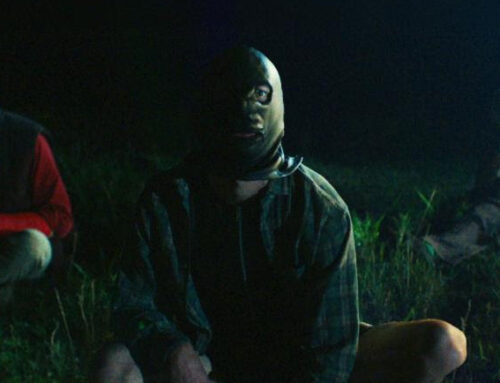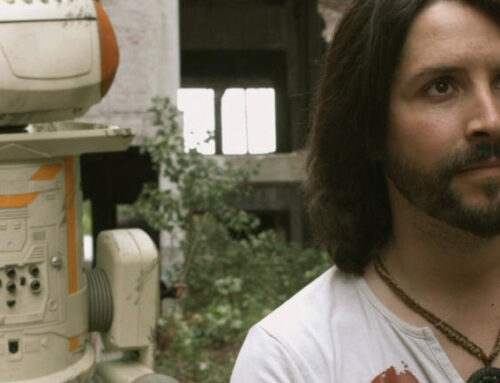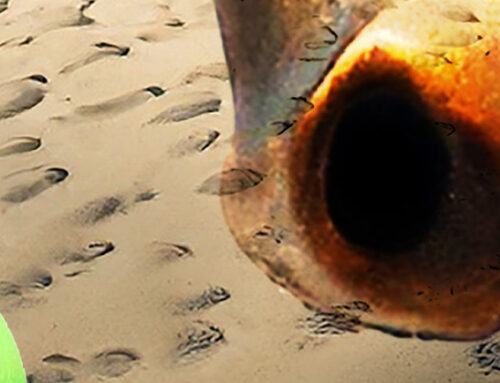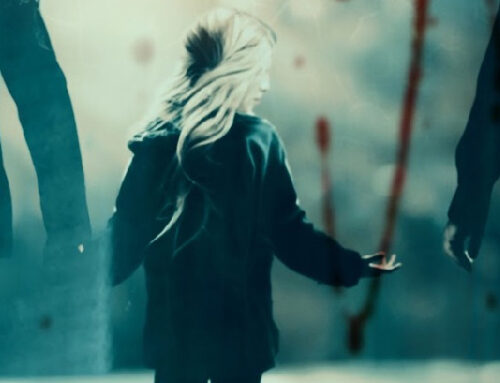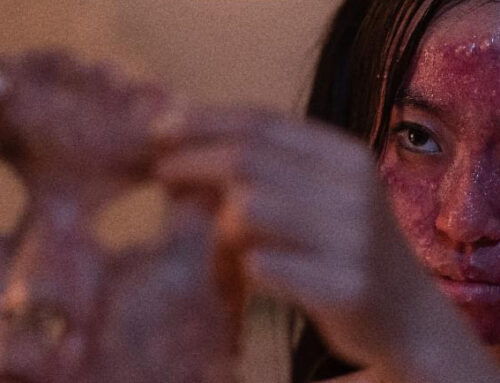The Abandon, a sci-fi puzzler from director Jason Satterlund, recently premiered at the Mammoth Film Festival. Written by Dwain Worrell the film tells the tale of a soldier named Miles (Jonathan Rosenthal) who awakens after a bomb blast to find he is trapped in a square room. No source of light, yet illuminated, the cube presents a fiendishly difficult puzzle. Gravity shifts, writing appears on walls, and the room continues to shrink. How did Miles get there? Are there others? Will Miles solve the mystery and escape?
We had the privilege of chatting with Satterlund fresh off of his successful screening in California, and here’s what he had to say about The Abandon.
HorrorBuzz: The Abandon was a pretty intense sci-fi movie. Very heavy on concepts. How did you come to be a part of the film as director?
Jason Satterlund: I came across this project through the Austin Screenwriter Festival. I met the screenwriter, Dwain Worrell, after he spoke on a panel about how to write effective stories set in small spaces. We met afterwards, became fast friends, and he passed me this script.
From there, I passed the script to Millhouse Productions who fell in love with it immediately. They quickly greenly the project and we were off to the races with me attached as the director.
HB: What were your first reactions to the script by Dwain Worrell?
JS: When I first read this script, I was blown away. I started reading it late at night, thinking I’d just read the opening scene and go to bed. However, I was so hooked by the opening, I had to read a little more. The story kept pulling me in, twisting and turning, and pulling me into a deeper mystery until I just had to keep reading until the end.
HB: Were the more esoteric concepts in the film something that you found easy or difficult to put on screen and why?
JS: This was a part of the story that really resounded with me. Actually, once we decided to make this film, I worked with Dwain to further deepen the characters and really get into the story of PTSD, domestic abuse, recovery and forgiveness. This is what made the story worth telling. It made it more meaningful than just a standard sci-fi thriller.
Capturing it took tremendous effort from myself and the actors. Because Jonathan was the main face you see on screen for the length of the film, it required that he was completely open and vulnerable. Tamara Perry is just a voice on the phone, so she had to be equally present and vulnerable in order for that to read.
We spent months ahead of time doing scene work, and developing a trust between us. Jonathan and Tamara needed to know that I was trustworthy as their director, and that I had their backs as we were shooting. Jonathan then dropped deep into his character, going full method. He became the soldier, Miles Willis. He slept on a cot, did calisthenics, ate MRE’s, and had everyone on the crew refer to him as Miles. After shooting, coming out of that character was a bit of a shock. He even struggled with feelings of claustrophobia, which he didn’t have prior to filming.
All of this built to a very authentic performance from them both. Once the groundwork was laid, it was just a matter of turning the camera on and capturing them.
The largely takes place in a colorless cube, but we wanted to keep changing the look of the room, so that it didn’t feel stale. In the story, the room continually changes shape, so every time it did, we adjusted the lighting, lensing, and shooting style so that the room had a personality. The light starts as a soft overhead wash, then moves to the side with very wide anamorphic lenses, for a more nightmarish feel, and eventually all the lights go out and it is lit by Mile’s flashlight.
This helped change up the way the room felt, and didn’t leave a blank slate staring you down for 90 minutes.
Jonathan put more of himself into this role than I’ve ever seen another actor do. My hat is off to him, and I hope he gets all the recognition he deserves.
JS: The Mammoth screening went extremely well. We were flooded with questions from the audience, and a ton of positive reviews. We were put into the coveted closing night film slot, which was a great honor. We met many people that delayed their trips home just so that they could watch the film. We even had locals from town tell us how excited they were about the movie! It’s one thing to get excitement from festival attendees, but to get the locals out to watch, was quite an honor.
JS: The film is screening at other festivals. We have been accepted into the Cinequest festival, which plays in August, and are waiting to hear back from several others.

